
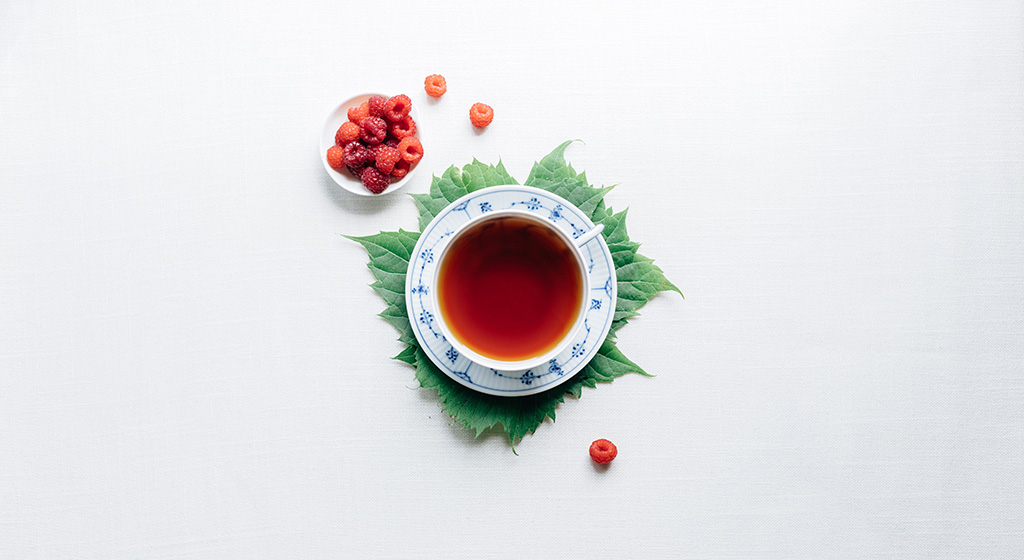


The mind is never still. And neither are the yoga mudras that help calm and stabilize the mind. They are a dynamic practice where each movement flows into the other in order to bring our mind to a state of balance and wellbeing
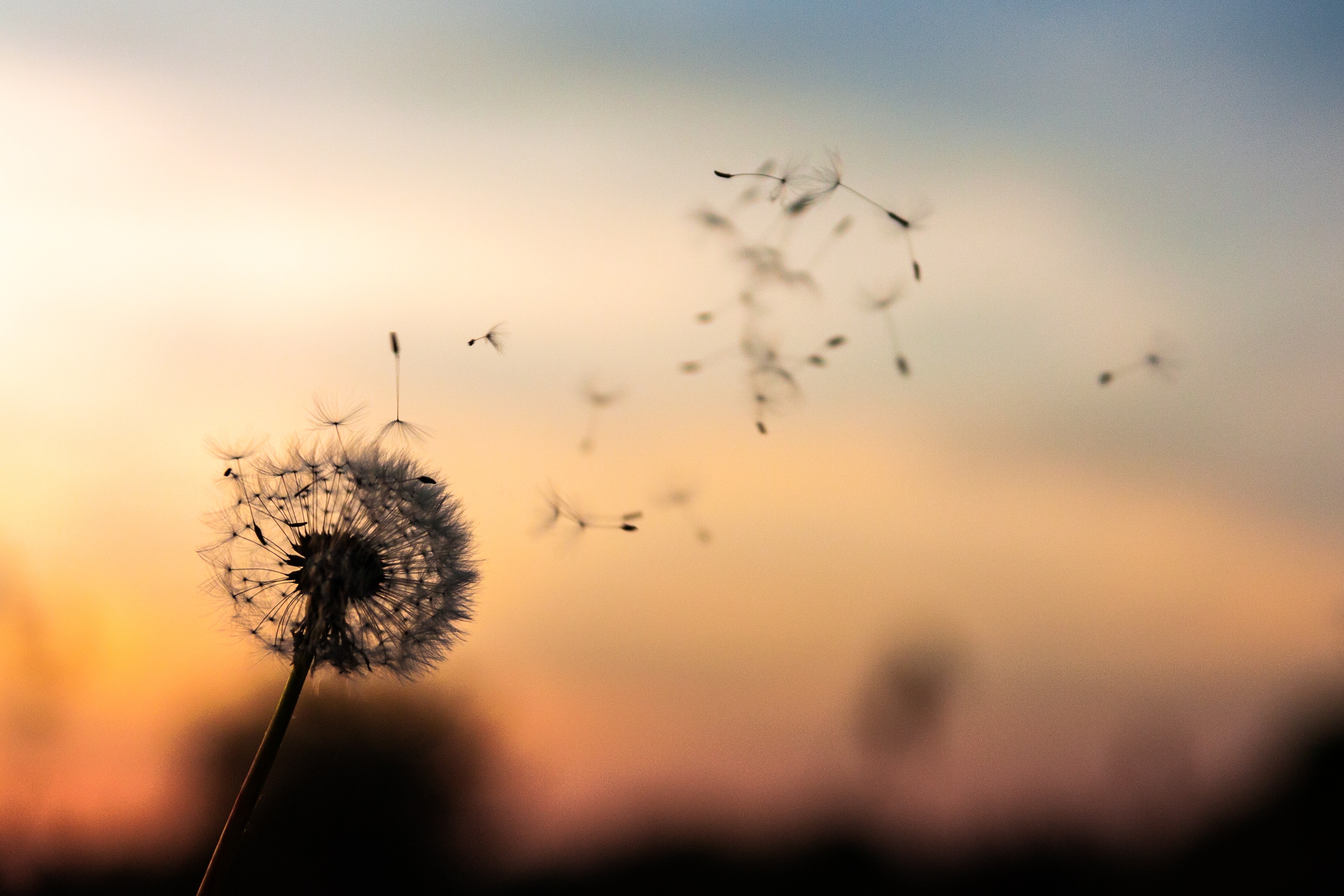
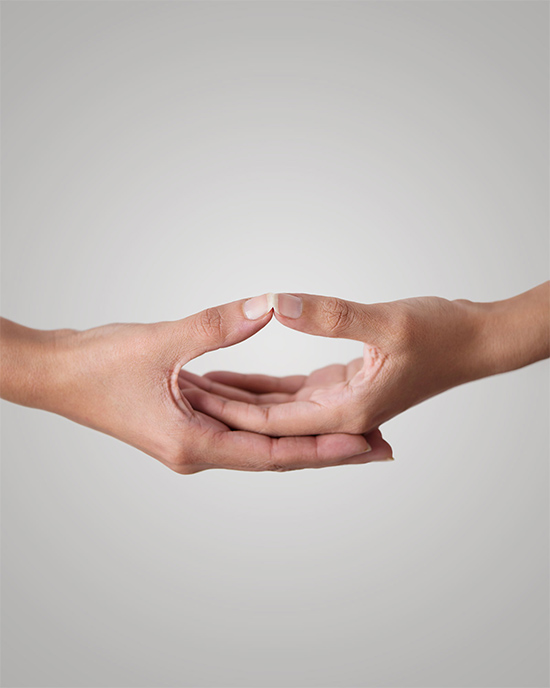
Dhyani mudra: the mudra of contemplation.
Mudra of the Inner Self: Sit in a cross-legged position and place the balls of your hands together, joining the tips of your index, middle, ring and little finger. Your thumbs should be placed next to each other. It is almost like joining your hands for namaste, but with your knuckles pushing outwards. As the name suggests, this mudra focusses on the inner nature of a human being. There will be a tiny opening right above the tip of your littlest fingers. Hold your hands in this mudra near your forehead and look through this opening for as long as you can, without blinking. Post that bring your hands, in the same position, below your chin. The tips of your finger should not be touching your chin. It is believed that when you hold this mudra under your chin, it invariably stays at the spot where your soul lies. When practicing this mudra during meditation you will notice that there are different triangles formed by different body parts. There is one triangle right above the tip of your littlest fingers; there is another triangle formed by your arms and the position of your legs also forms a triangle each. In Hatha Yoga the triangle is seen as the symbol of the Divine. The practice of this mudra involves consciously forming triangles with your hands and observing the triangles formed by your body.
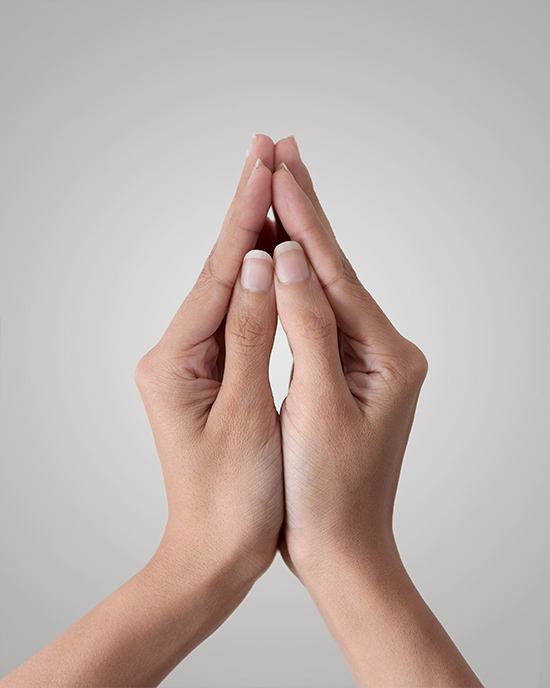
Mudra of the Inner Self.
Lotus Mudra: Join the edges of both your hands in front of your chest so that it looks like a flower bud. Align the tips of your fingers and thumbs of one hand with the other hand. Keep the edges of your thumbs and little fingers joined while extending the other fingers outwards, opening up the bud. Take four deep breaths and close your hands again. Now bend your fingers, curling them inwards towards the palms, and bring together the fingernails of both your hands against each other. Then, in a slow downward motion invert your hands until the backs of both hands rest against each other as do the fingers. Hold this position and then, once again, reverse your hands slowly, letting your fingertips remain in contact with each other as you bring your hands back to the closed bud position. Repeat the cycle by opening the bud once again. This is a good mudra to practice when you are feeling lonely or misunderstood. Lotus mudra works on the energy of the Heart chakra and is a symbol of purity.
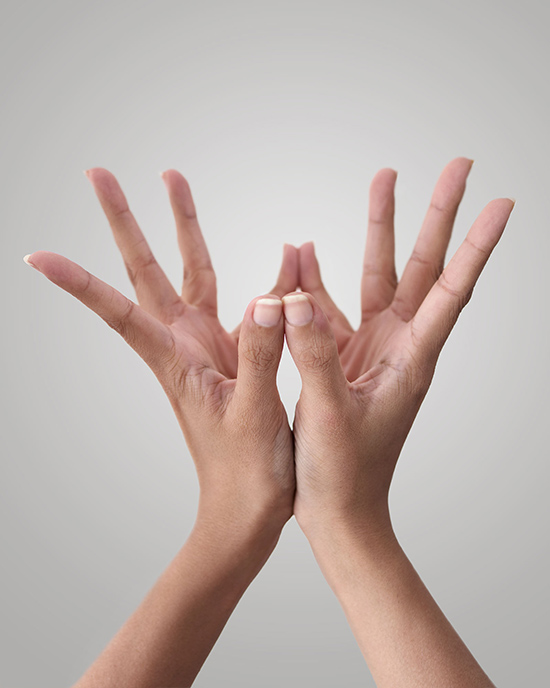
Lotus mudra works upon the energy of the heart chakra.
It is quite impossible to seclude ourselves from sorrow and pain in life. Unfortunately, anxiety, stress, fear and other such negative emotions are a part of our daily lives. And they all begin in our mind. Navigating through these emotions can be challenging. But when we focus on clearing and stabilizing our mind we experience more control over our emotions. These mudras, when practiced mindfully, bring us mental and emotional balance that helps us bring stability to our daily lives and perhaps even reach a higher consciousness.